My Journey of Building and Flying UAVs
I got inspired to build RC aircrafts after watching Flite Test and RCTestFlight on YouTube at the age of 14. The allure of building and flying these magnificent machines captivated my imagination. I embarked on a journey that would span years and transform from a hobby into a passion.
The Early Days: Learning to Crawl Before Flying
1 & 2. The First Attempts (2014)
My initial forays into the world of RC aircraft were humble, to say the least. Armed with more enthusiasm than knowledge, I cobbled together two RC airplanes using whatever materials I could find - thermocol and plastic sheets. Unsurprisingly, these makeshift creations were too heavy to achieve liftoff. The lack of proper RC transmitters and receivers didn’t help either.
3. The Delta Wing (2015)
My first serious build came in the form of a delta wing, constructed from plans by Flite Test. After scouring the narrow streets of Paharganj in Delhi, I finally found a vendor selling the elusive depron sheets. This project was my first investment in proper RC transmitters and receivers.
I poured my heart and soul into this build, meticulously crafting each component. Perhaps I fell too deeply in love with the construction process, as I never mustered the courage to risk damaging it by flying it. In hindsight, its nose-heavy design might have made for some interesting flight characteristics!
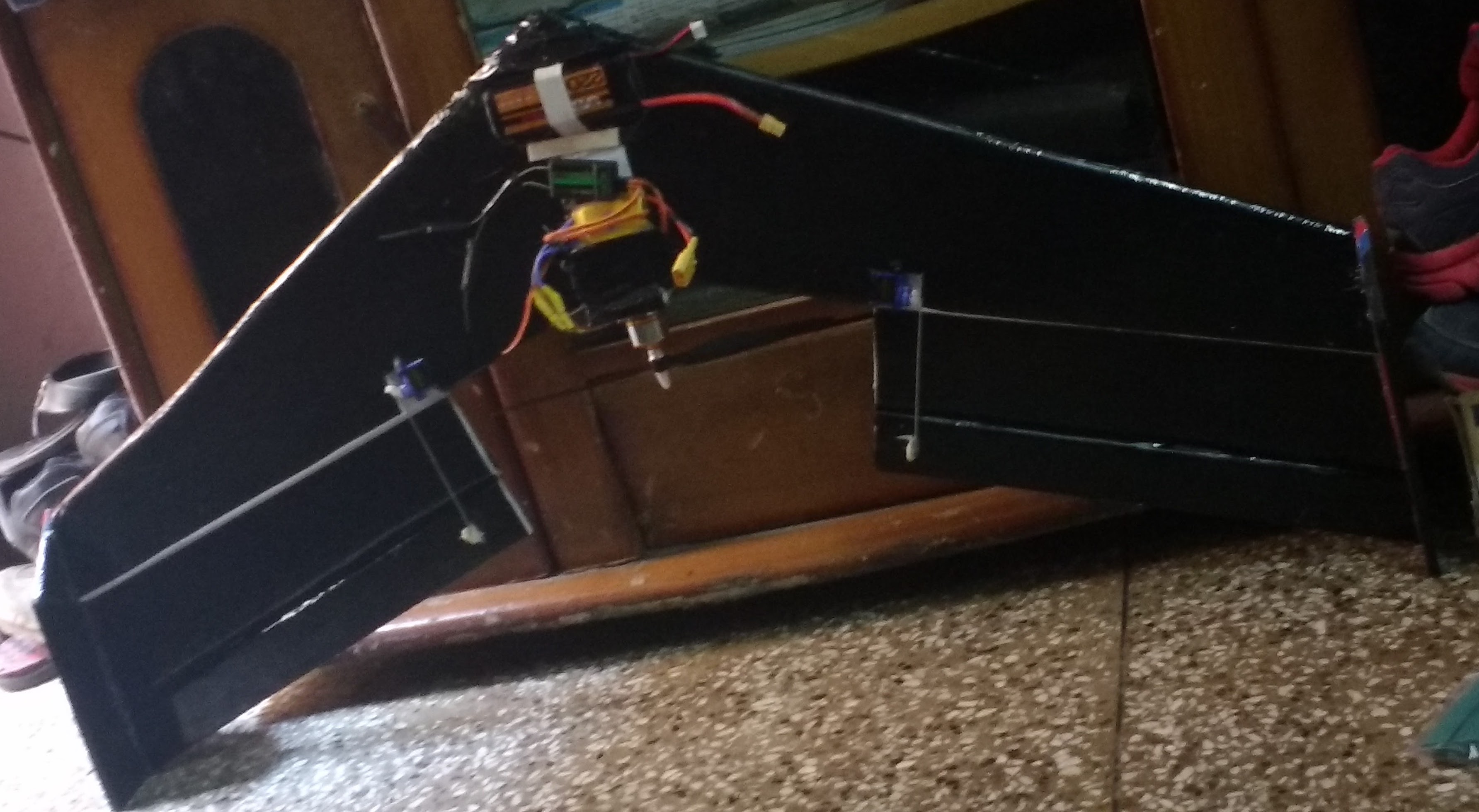
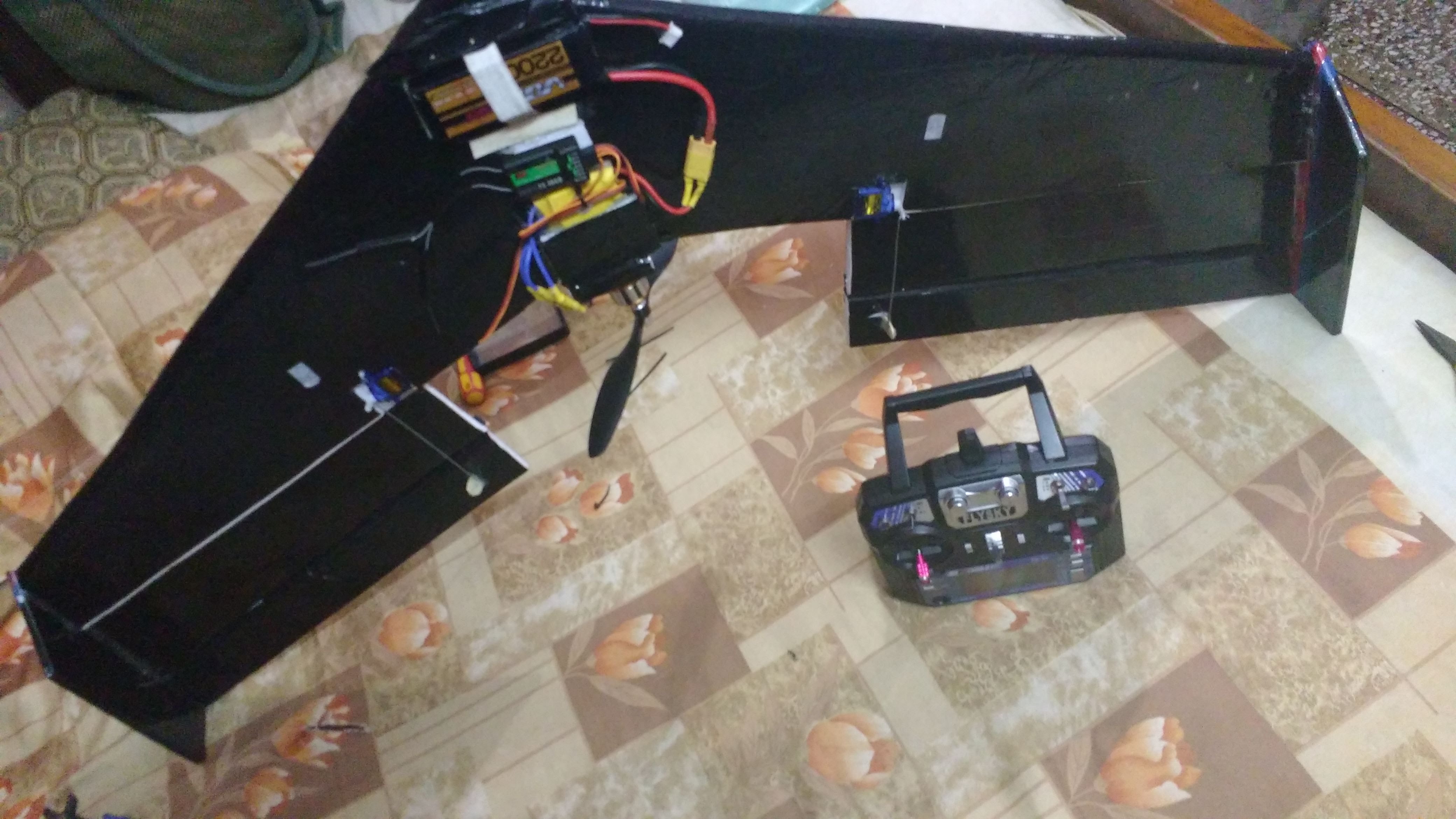
Taking to the Skies
4. The Trainer (2016)
Determined to actually fly this time, I designed a simple three-channel trainer RC plane. This no-frills aircraft was mostly eyeballed on depron sheets, prioritizing function over form. Its simplicity made it perfect for learning the ropes of RC flight and easy to repair after the inevitable crashes. This humble trainer became my ticket to the skies.
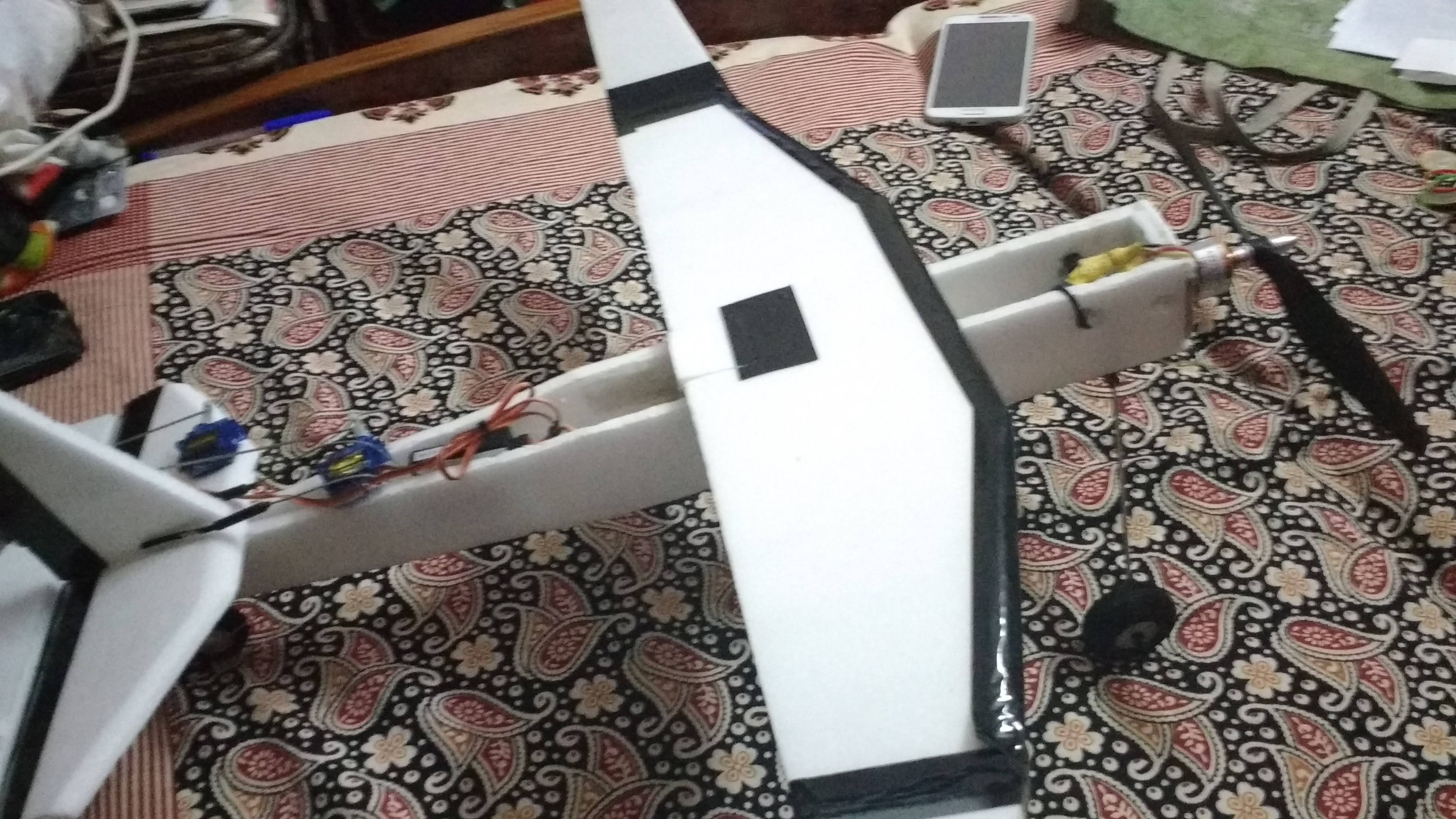
Embracing the Drone Revolution
5. The Smog Drone (2016)
As my skills grew, so did my ambitions. I convinced my school to support a drone-building project with a friend. After completing the build, we realized we needed a purpose to justify the project. Inspired by Delhi’s persistent air pollution problems, we branded it the “Smog Drone.” Our proposal suggested using the drone to spray salt solutions that could help coagulate air pollutants. While we never actually tested this concept, we did present it as part of a smart city initiative.
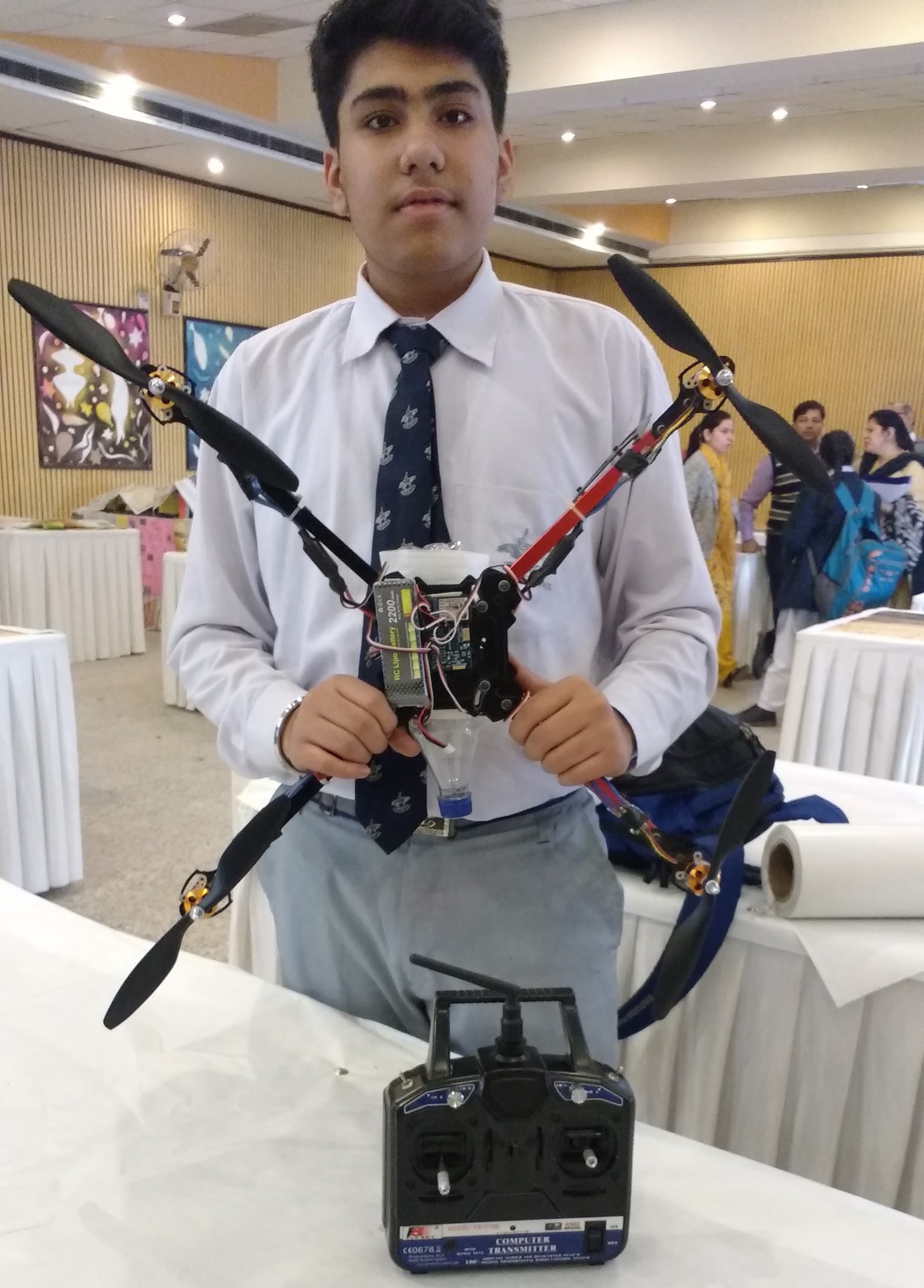
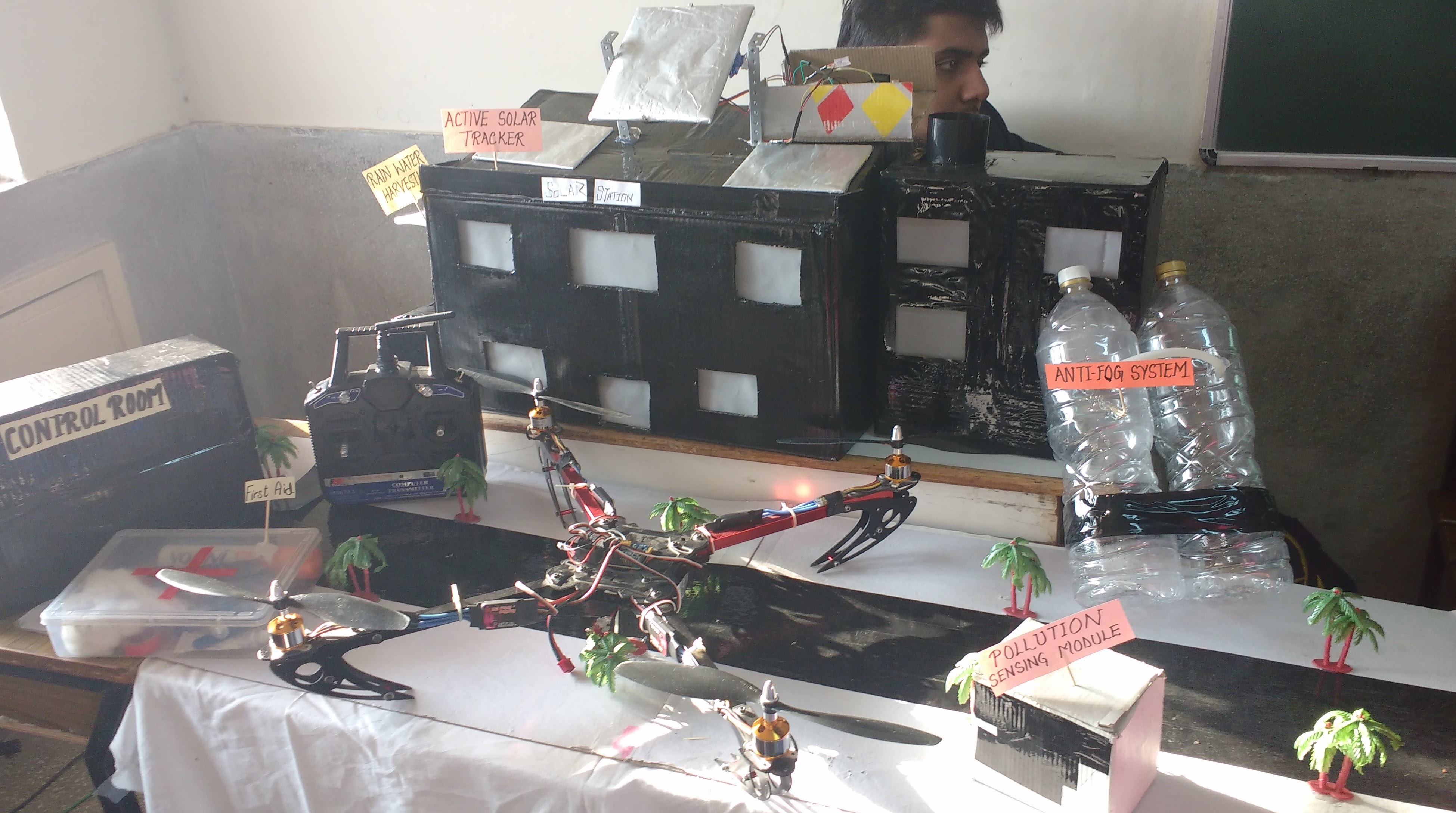
6. My First Personal Quadcopter (Late 2016)
The final step in my UAV journey (so far) was building my very own multirotor. After convincing my mom to invest in some affordable parts from AliExpress, I eagerly awaited their arrival. The months-long shipping times were filled with binge-watching technical videos from channels like Painless360 and poring over component datasheets.
This drone became my pride and joy, evolving over the years through multiple upgrades and flight controller changes. It represented the culmination of everything I had learned and ignited a passion that continues to this day.
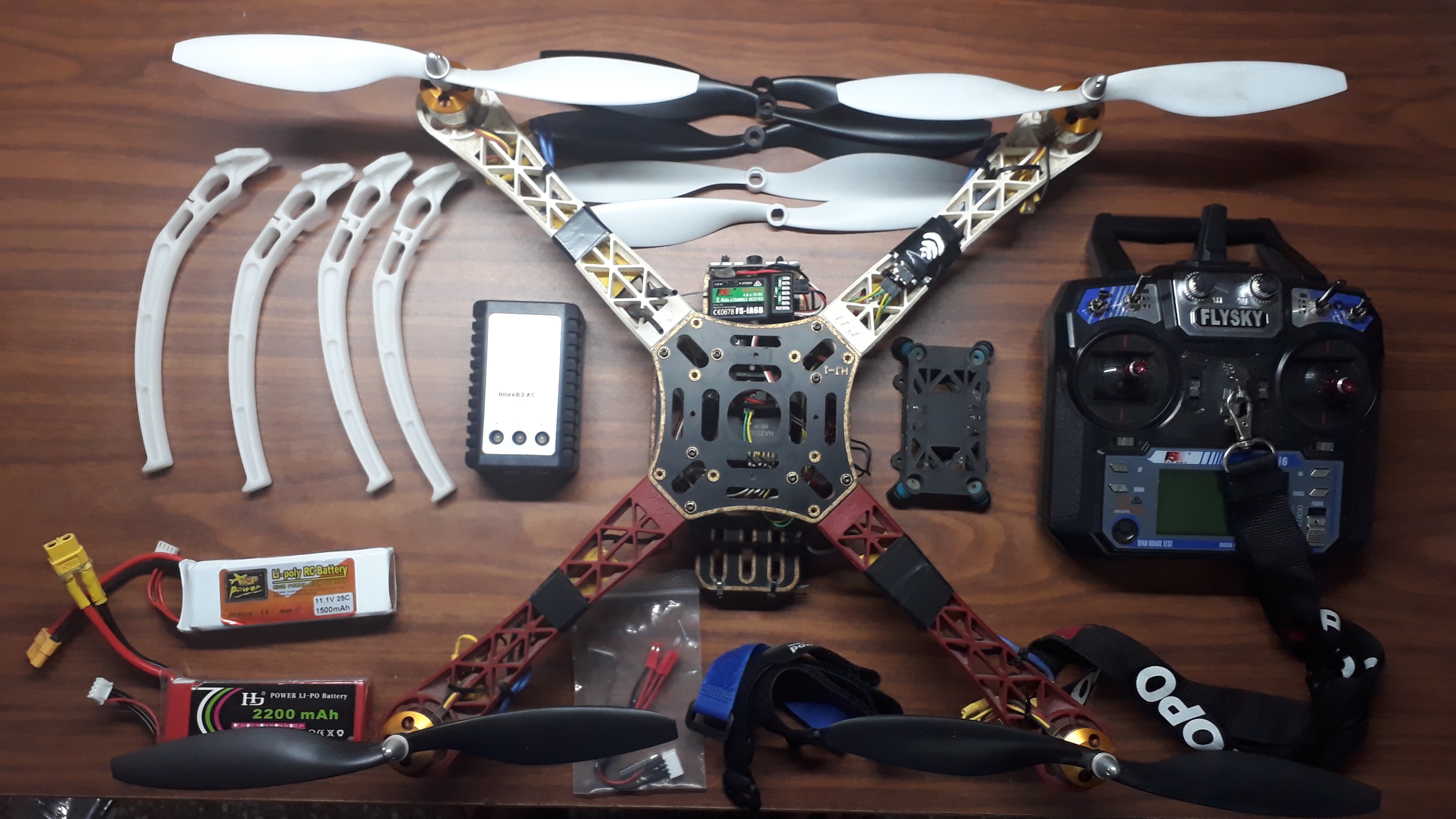
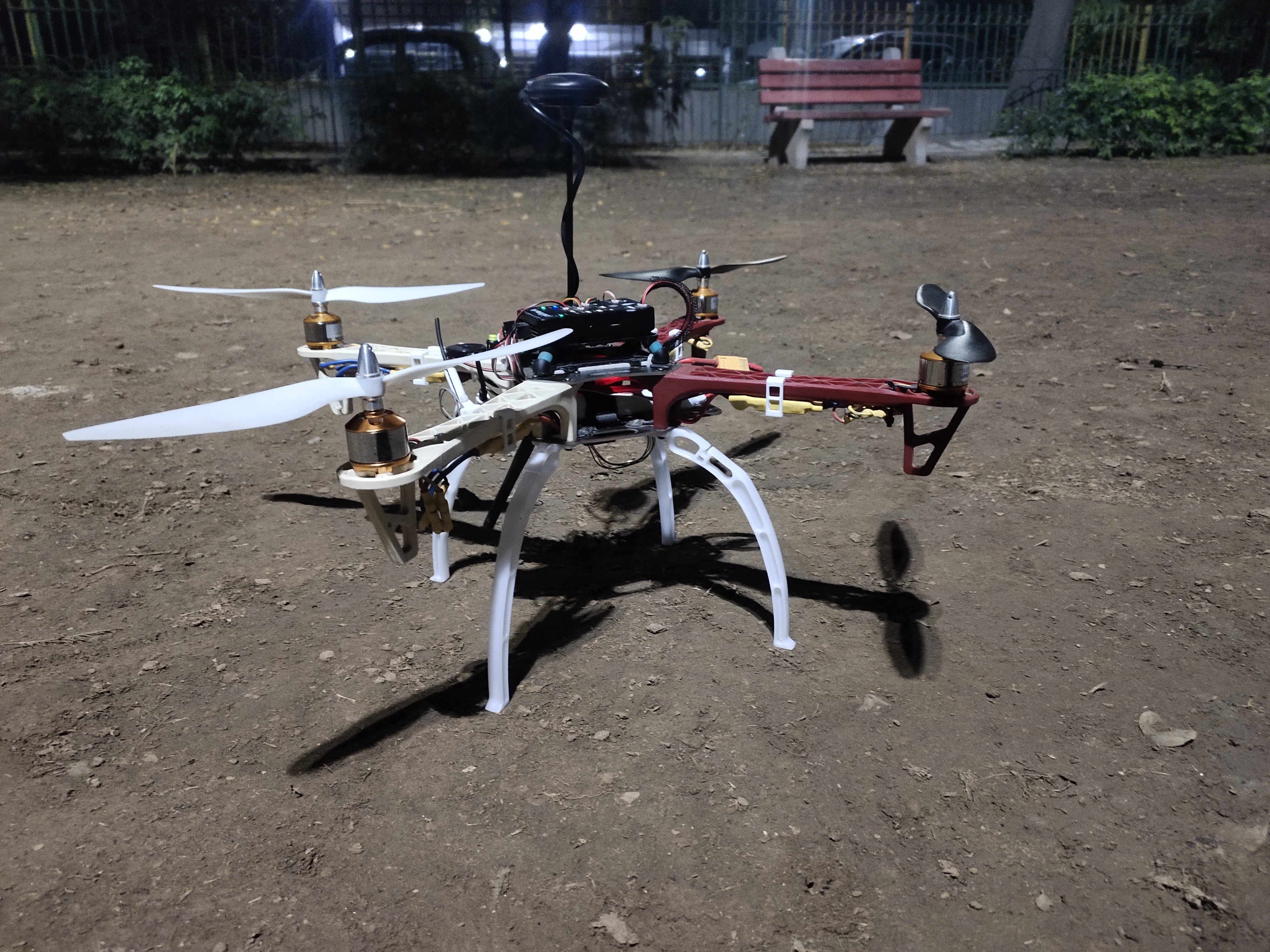

Serious Endeavors
After joining my bachelor’s program at VIT, I decided to continue my passion for building UAVs but with more purpose. With my team, I contributed to the development of four significant UAVs: two large primary aircraft and two smaller autonomous aircraft.
7. Vulcan (2021)
Vulcan (3.35m wingspan) was designed as our flagship aircraft for the SAE Aero Design 2021 competition. Its mission was to simulate the colonization of Mars by carrying and releasing secondary autonomous aircraft and supply payloads. Unfortunately, due to the pandemic, Vulcan remained in the CAD stage and never saw physical production.

8. Vulcan’s CDA (2021)
Accompanying Vulcan was the Colonist Delivery Aircraft (CDA), an autonomous glider weighing under 255 grams. It was designed to be released from the primary aircraft and deliver “colonists” to the simulated Martian surface. Read more about the project here.
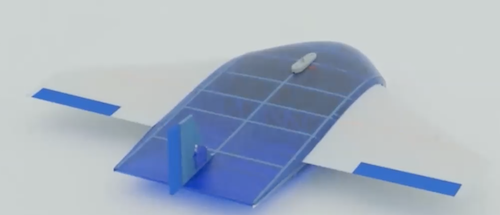
9. Trident (2022)
Trident (3m wingspan) was our flagship aircraft for the SAE Aero Design 2022 competition. Its mission was to simulate fighting forest fires by carrying and releasing autonomous payload delivery aircraft and water payloads. With some relief from the pandemic, we were finally able to bring Trident from CAD to reality. A lot of blood, sweat, tears, and many sleepless nights went into building this aircraft. And yes, this plane did take to the skies!

10. Trident’s PADA (2022)
Accompanying Trident was the Payload Delivery Aircraft (PADA), an autonomous aircraft weighing under 255 grams. It was equipped with vision-based navigation and designed to be released from Trident, locate designated drop zones, and deliver payloads to simulate firefighting efforts. Read more about the project here.
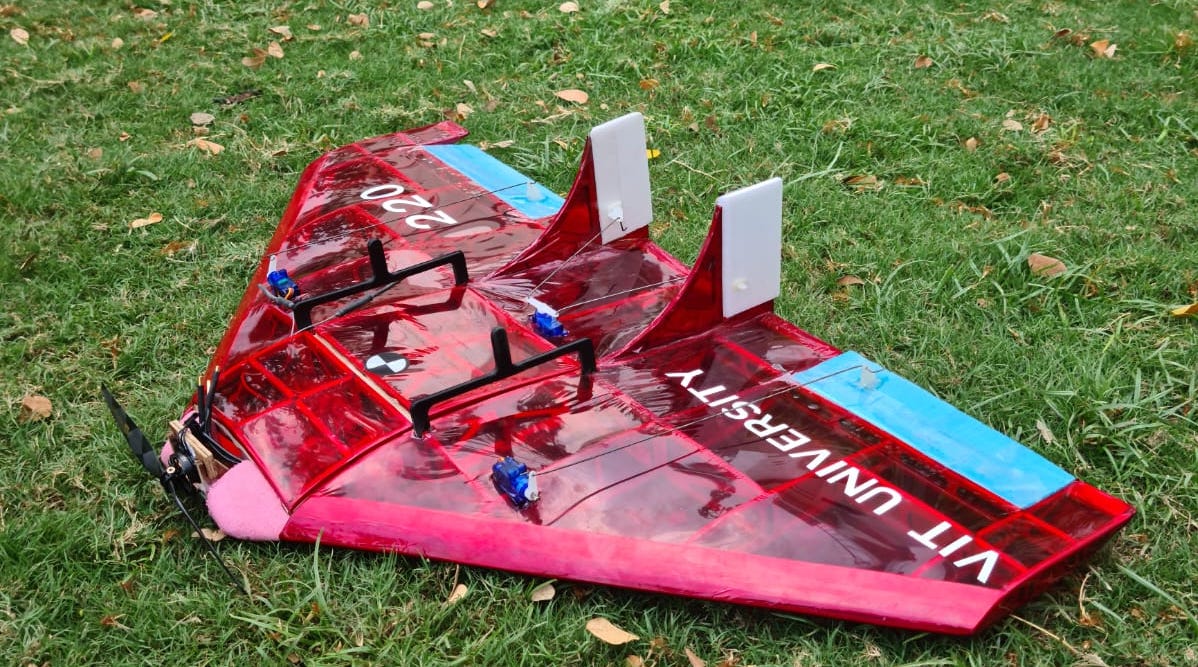
These projects represented a significant leap in complexity and purpose from my earlier builds. They challenged me to apply my skills in a team setting, tackle real-world problems, and push the boundaries of what I thought was possible in UAV design and construction.
Looking to the Future
From those first clumsy attempts with thermocol to the sophisticated >3m wingspan aircraft, my journey through the world of UAVs has been one of constant learning and growth. Each project taught me valuable lessons about engineering, perseverance, and the sheer joy of creation. I hope to continue building and flying UAVs in the future!
Enjoy Reading This Article?
Here are some more articles you might like to read next: